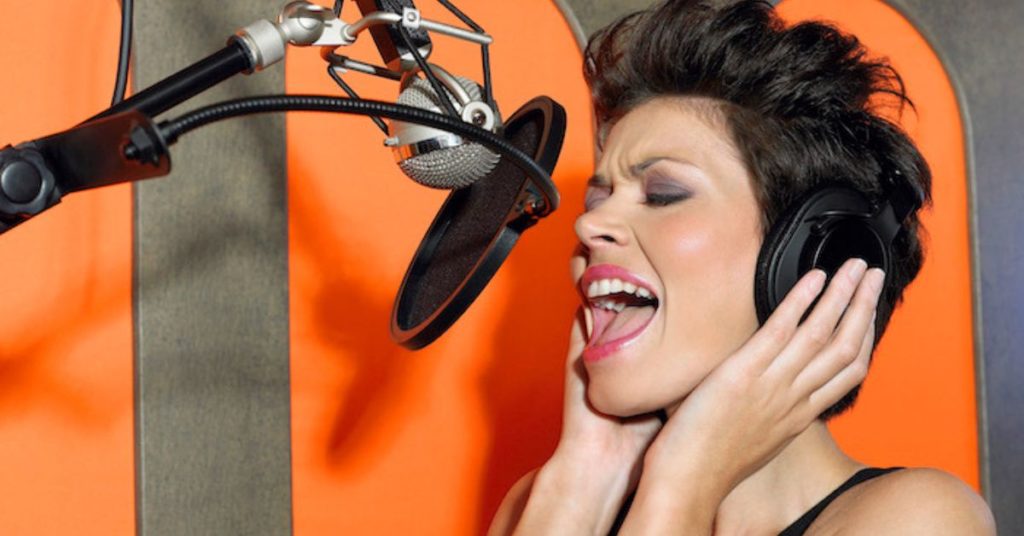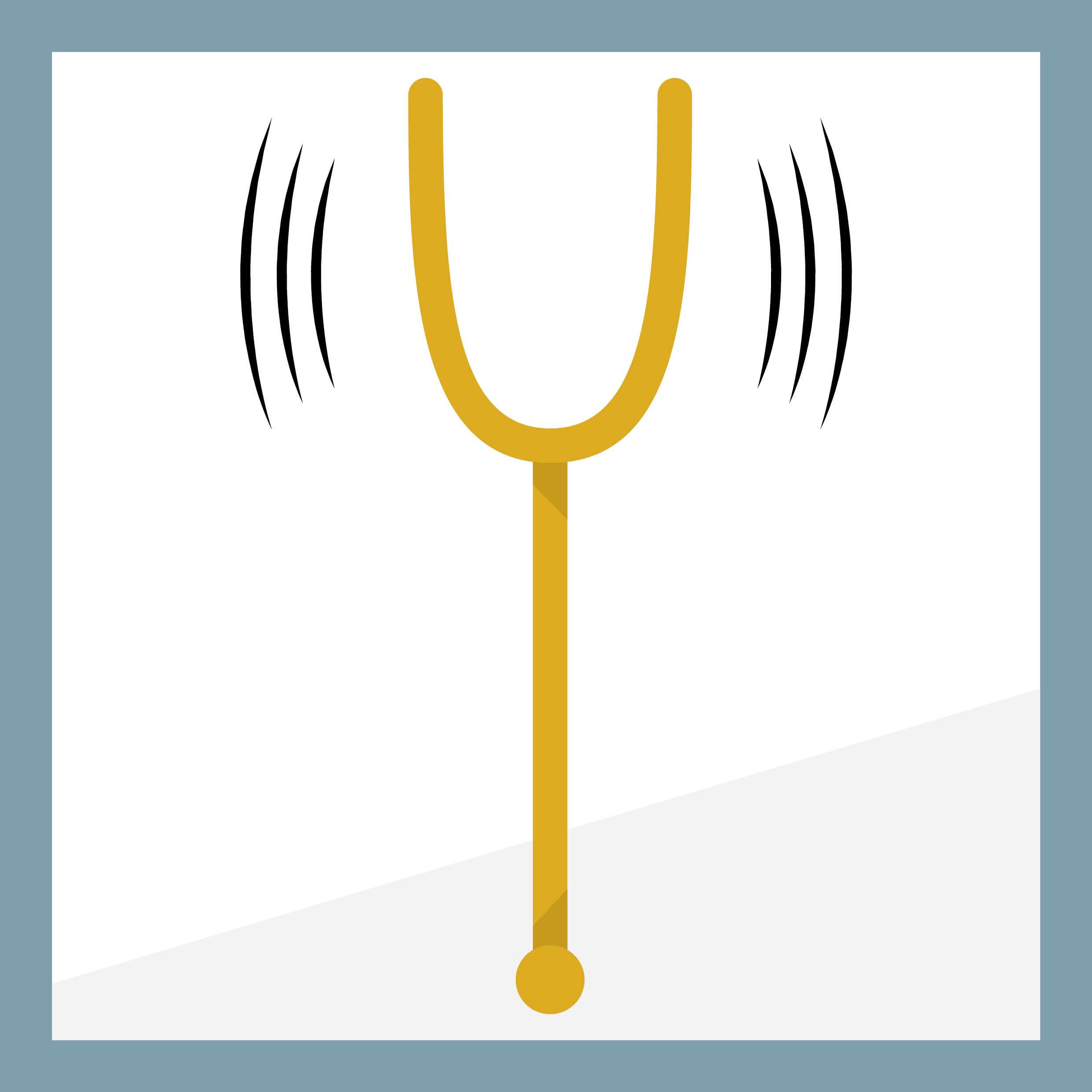Mix has become a holy grail for singers, promising all sorts of vocal "miracles," including extended range, more power, less strain, better tone, and the elimination of the nemesis of singers everywhere, the dreaded vocal break.
But what is this mysterious mixed voice, and why is it so elusive and difficult to find?

I sit on the advisory board of the International Voice Teachers of Mix. Yes, the mix voice singing topic is so important that teachers worldwide come together with yearly conferences to discuss and learn about this vocal skill.
I have spent nearly 40 years studying and teaching students how to find their mix, and I find that there is no single unified consensus amongst voice teachers.
Here is my most basic definition:
Mix is the ability to seamlessly blend your lower and upper registers without cracking, straining, struggling for pitch, or experiencing a loss or shift in tone quality.
That's it! But how do you get there? Well, that requires a bit more explanation.
Understanding Vocal Registers

As I'm sure you have discovered, your voice does not sound, feel, or appear to work the same from the lowest to highest pitches.
There are areas of shifts or transitions occurring, and these shifts cause instabilities. Singers tend to feel these balance issues more acutely on higher pitches.
It is usually not the low notes that make us nervous (although low notes require some attention).
Higher notes present us with the challenge of changing registers, and these register shifts cause all sorts of problems.
There are two primary reasons for these register shifts. First, the vocal cords are changing from short and fat in low notes to being stretched longer and tighter for higher notes.
Second, there is a shift in how the sound waves vibrate in your vocal tract. Note: the vocal tract is the length of "tube" consisting of your throat and mouth.
The sound waves created by your vocal cords travel through the vocal tract and become "amplified" by bouncing around these acoustic spaces, much like a trumpet enhances the buzzing sound waves from the player's lips.
In lower pitches, more of the acoustic energy or boost is happening in the throat.
On strong, belted high notes, more of the energy is coming from the mouth resonator.
This shift in the acoustic resonance creates many of the vocal problems associated with a register change and is often why singers strain and crack when going for higher notes.
Chest Voice

Chest voice is a common singer term for your lower range. It is called "chest voice" because that is where the singer experiences much of the vibration.
Put your hand on your chest and loudly say, "AAAAH!" You will feel quite a sympathetic vibration in your chest, hence the name "chest voice."
Now give a high "WHOOO-HOOO!"
There will be less vibration in the chest. You might notice you feel your skull vibrating a bit more. This is called "head voice."
Note: These terms are not used by every voice teacher, and there is some debate to change them, but for now, they remain the most common way to describe registers.
When you are in chest, your vocal cords (or vocal folds, which is the more proper term) are short and fat. As a result, there is a lot of surface contact when they are phonating (vibrating together). This creates a lot of sensation for the singer.
The sound waves are also being boosted and creating more energy in the space of the throat. This does not mean you are singing "from your throat," which usually refers to muscle constriction. It means there is more acoustic energy associated with the throat space.
Chest voice is easier for us because there is less tension on the vocal folds for pitch and the resonance boost is one we are used to - it's how we speak. You will feel this chest voice more in lower notes.
Head voice is a bit different.
Head Voice

The higher part of your vocal range is commonly called "Head Voice." In head voice, the vocal cords are stretched longer, creating more tension, giving us a higher pitch. However, this tightening tends to do one of two things:
The folds have trouble closing over completely, which creates a weak, breathy sound.
Or the muscles of the voice overcompensate and tighten up, creating a squeezed, pressed sound.
Also, the acoustic energy of the singing voice needs to shift to the mouth resonator. If the singer tries to keep the throat resonator over-involved, the throat tries to shrink the space to follow the higher pitch, creating another (and more troubling) source of tension when singing higher notes.
Note: I am referring to contemporary head voice and not classical singing, which is very different for female singers.
The difference between the two registers of the voice creates an area known as the "break." This is where singers tend to struggle. Moving back and forth between chest and head becomes an arduous task, and the most unsophisticated listeners easily hear the struggle.
Why You Have Vocal Breaks

The vocal break is that area that becomes too high to comfortably sing in chest register but is too low to sing strongly sing in head voice.
This break occurs because of the shifts in both the vocal cords' dominant muscles and the dominant resonator (throat vs. mouth).
The necessary transition from lower to upper register creates an area of instability in all singers. Therefore, a large portion of a singer's study and practice will be dedicated to smoothing out this break area.
This is where mix comes in.
Mix

Your Mix (sometimes referred to as "middle voice") is essentially a blending of the coordinations and acoustics of chest and head voice.
When we sing in mix, our vocal folds will stretch and tighten but not jam up and we can sing without straining, or letting go and flipping into a weak falsetto.
Your primary resonance will transition from your throat towards your mouth by degrees, without producing a noticeable shift.
There is an added benefit that comes from the acoustic energies produced by a balanced mixed voice.
The energy created by your properly tuned resonance will reflect down to the vocal cords, assisting them in resisting air and making it easier to sing.
The reduction in muscle tension at the cords will give you increased vocal range while experiencing ease and freedom.
As you can see, mixed voice technique is an essential skill for the contemporary singer.
The big question is: How do we develop mixed voice singing?
Sensations of Mix

The sensations singers experience are often counterintuitive. Voice researchers refer to this as "false kinesthesia," meaning what you feel when singing is often misleading.
Our favorite singers sound like they have one unified voice from the lowest to highest notes of their range, yet the singer will experience varied sensations as they transition through their range.
The sensations of mix have been described in various ways, and not every singer will process them in the same way - but some descriptions come up often.
When you sing in mixed voice, will feel as if the voice moves from traveling forward and straight out the mouth (in chest voice) to moving back behind the soft palate, vibrating more behind the eyes and nasal cavity.
The voice will continue to feel as if it is traveling up and back the higher you go.
I would be careful not to try and force these sensations, but they can be a good guidepost to confirm you are on the right path.
The Difference Between Mix and Belting
Some voice teachers consider mixing and belting to be two different functions of the voice.
I think of most styles of belt as more intense forms of mix. Yes, you can belt without mixing, but you need to be careful not to fall into a full shout as this can damage your voice.
I recommend developing a powerful mix as it can cover almost all singing situations while keeping your voice safe and healthy.
Mix Technique

A key component of mix or blend is controlling the shift of resonance. This is often achieved by rounding or narrowing vowels in this area.
For example, the AH of "THAT" will tend to get stuck in the chest voice and crack or strain in the transition area.
Singers will modify or narrow the AH to EH (as in "bet"), pronouncing "THAT" as "THET."
This shift in the vowel will help the primary resonance boost move from the throat towards the mouth and create the condition of mix.
Exercises will also employ mix friendly vowels such as UH (as in "but") and OUX (as in "book").
Let's try some exercises to help find your Mix.
Exercises for Mix
When learning mix, you want to build into the coordination slowly. If you try and go too fast, we risk engaging excess muscle and going back to vocal strain.
If you're finding it hard to find your mix voice, you're not alone. Many singers cannot properly access their mixed voice simply because they haven't been shown the right vocal exercises. Here are some of my favorite exercises to help you find and define your mix voice.
START LIGHT
The first vocal sounds are very light heady sounds that will help you go through your mix area with no strain. You can do these exercises on your favorite vocal scales or melodies of sings.
KOO
GEE
This next sounds will add intensity while still avoiding strain. Be sure to keep this sound exaggerated and "bratty."
NAY
NAH
This is where we start to experience a true mix. Make these sounds at a medium volume level as going for power too soon can cause strain.
MUM
WON
Please see the above video for demonstrations.
Also, my book Beginning Singing has a number of exercises to help you develop and strengthen your mix technique.
Conclusion
Mix is one of the most powerful skills a singer can develop. Mix will help you access your entire vocal range without breaks, strain, or loss of tone.
Most singers can discover their mix within a few lessons with a vocal coach, but the work of developing and refining this skill is never done. Having a daily routine that focuses on keeping your mix balanced will help you sing at your best for many years.
If you would like to learn more about my books, courses, and John's Singing School, please visit johnhenny.com. And if you are interested in online vocal lessons, you can reach out to our front desk at [email protected], and we would be happy to answer your questions.